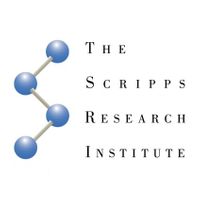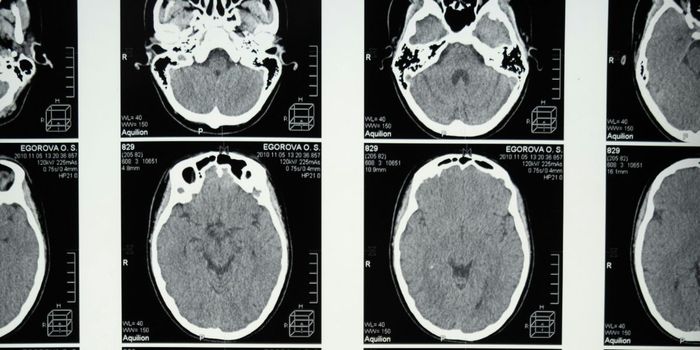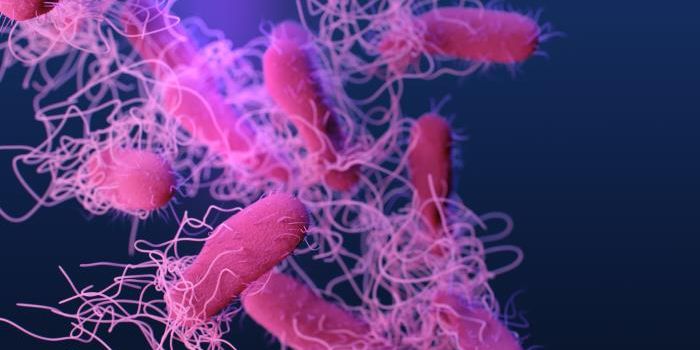LA JOLLA, CA—August 18, 2016—An international team led by scientists at The Scripps Research Institute (TSRI) has found strong evidence supporting a new strategy against drug addiction. The researchers showed that a compound that inhibits the activity of certain brain-cell receptors can reverse signs of cocaine dependency in rodents.
Prior experiments targeting this receptor, known as the TrkB receptor, produced results that differed greatly according to the brain region involved. The new study is the first to test system-wide delivery—the way drugs are typically given in humans—of a TrkB-blocker, showing that the overall effect is to reverse cocaine dependency.
“I think this study could help revive the idea of targeting TrkB signaling to treat addiction,” said TSRI biologist Candice Contet, senior author of the study.
Struggle to Find Solutions
Scientists have long struggled to find an effective strategy against cocaine addiction, which is estimated to affect more than two million Americans, resulting annually in about half a million emergency room visits and hundreds of thousands of rehab facility admissions. There is still no FDA-approved drug specifically for treating cocaine addiction.
Addiction researchers know that cocaine produces a huge surge in the levels of dopamine in the “mesocorticolimbic reward system,” where the brain registers pleasurable experiences and wires itself to want them. In rat models, repeated exposure to cocaine—which the animals readily self-administer—causes long-lasting adaptive changes in the nucleus accumbens and medial prefrontal cortex, two key areas of this reward system.
Over the past decade, studies have found that these changes are mediated at least partly by changes in production of brain-derived neurotrophic factor (BDNF), which works by activating TrkB receptors. Mimicking that effect by injecting BDNF directly into the nucleus accumbens strongly increases rats’ motivation for cocaine and other measures of dependency. By contrast, blocking BDNF production or BDNF/TrkB signaling in this brain region reduces the signs of dependency.
Those results have suggested TrkB-blocking as a new therapeutic strategy against addiction. One problem has been that BDNF has the opposite effect on addiction-type behavior when it acts in the medial prefrontal cortex. In experiments with rats, BDNF applied to this region reduces dependency behaviors, whereas blocking BDNF/TrkB signaling increases those behaviors.
“Based on these previous findings, we were very excited to investigate whether blocking TrkB receptors throughout the brain would be beneficial or detrimental in helping to reduce the motivation to take cocaine,” said Michel M.M. Verheij, a research associate at TSRI at the time of the study, now at the Donders Institute for Brain, Cognition and Behaviour, Radboud University Nijmegen Medical Centre, the Netherlands.
Reversing Signs of Cocaine Addiction
For the new study, which appeared recently in The Journal of Neuroscience, Contet and her colleagues examined the overall effects of blocking TrkB signaling, using a recently developed TrkB-receptor blocker, or “antagonist,” that can successfully get into the brain after being injected into the bloodstream.
The team found in rats that had learned to self-administer cocaine infusions by pressing a lever, the TrkB blocker powerfully reduced basic behavioral measures of cocaine use and dependency—and did so more strongly when the dose was higher. The treated rats used much less cocaine, were much less willing to press the lever many times to get more cocaine, and were less inclined to “relapse” when re-exposed to cocaine after a period of withdrawal.
These behavioral improvements were accompanied by signs of lower, more normal TrkB signaling activity in the nucleus accumbens. Surprisingly, signs of TrkB signaling activity in the brain’s medial prefrontal cortex also showed a move toward normal—rising, despite the presence of the TrkB-blocking drug.
“We suspect that the antagonist has its primary action in the nucleus accumbens, where it’s logical that it would prevent the activation that is triggered by cocaine,” said Contet, “while what happens in the prefrontal cortex is probably a downstream consequence, rather than a direct effect of the TrkB antagonist in that region.”
Importantly, the TrkB-blocking treatment did not blunt the rats’ appetite for a sweet-tasting glucose-saccharine solution. “That’s good because it shows that the TrkB antagonist doesn’t work by causing a general suppression of appetite or activity, but specifically reduces the sense of reward and motivation for cocaine,” Contet said.
Contet and her colleagues now hope that their results will encourage clinicians to consider the therapeutic potential of the TrkB-blocking strategy in humans with cocaine addiction. TrkB-blocking compounds are already being investigated by academic and pharmaceutical company laboratories for treating disorders including anxiety, depression, and brain cancer.
Co-authors of The Journal of Neuroscience paper, “
Systemic Delivery of a Brain-Penetrant TrkB Antagonist Reduces Cocaine Self-Administration and Normalizes TrkB Signaling in the Nucleus Accumbens and Prefrontal Cortex,” were Leandro F. Vendruscolo and George F. Koob, then at TSRI and now at the NIDA Intramural Research Program; Lucia Caffino, Giuseppe Giannotti, Marco A. Riva and Fabio Fumagalli of the University of Milan; Judith R. Homberg of Radboud University Nijmegen Medical Centre; and Maxime Cazorla of University Grenoble Alpes and INSERM in France.
The research was supported by funding from the National Institutes of Health (AA020913 and AA024198), by a joint program of the Netherlands Organization for Scientific Research and the National Institute on Drug Abuse (project 31180005) and by the Zardi-Gori Foundation.
This article was originally published on
Scripps.edu.
Also Read: TSRI and NIH Scientists Show Molecule in Brain May Drive Cocaine Addiction




![Everything You Need To Know About NGS [eBook]](https://d3bkbkx82g74b8.cloudfront.net/eyJidWNrZXQiOiJsYWJyb290cy1pbWFnZXMiLCJrZXkiOiJjb250ZW50X2FydGljbGVfcHJvZmlsZV9pbWFnZV9mNTM1ZjIyYzA5MDE5ZmNmMWU5NmI0ZDc4NWU2MzdiZTZlN2I5ZDk5XzE4NDUuanBnIiwiZWRpdHMiOnsidG9Gb3JtYXQiOiJqcGciLCJyZXNpemUiOnsid2lkdGgiOjcwMCwiaGVpZ2h0IjozNTAsImZpdCI6ImNvdmVyIiwicG9zaXRpb24iOiJjZW50ZXIiLCJiYWNrZ3JvdW5kIjoiI2ZmZiJ9LCJmbGF0dGVuIjp7ImJhY2tncm91bmQiOiIjZmZmIn19fQ==)






